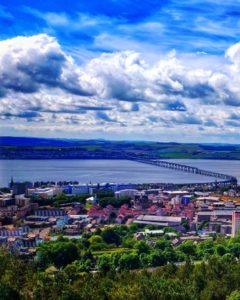Great. Just my thing then. And I’m not being cynical. Who doesn’t want to live a long, happy and healthy life in an amazing community? Is there a ‘but’ coming along any moment now (as you would expect from a curmudgeon like me?). No, not this time.
The principles of Blue Zones (“backed by science, proven over time”) are listed as: Environment First, Reduce Healthcare Costs, Impact the Community, Transforming the System and Be a Part of Real Change. That sounds a lot like what we want from a modern workplace doesn’t it – a mixture of WELL and B-Corp?
Environment First
“Environment First” is definitely what many occupiers are saying. Landlords and developers are also talking about Sustainability, but it might not yet be the top priority for some of them. That will come if they don’t want their assets to be seen as stranded.
Reduce Healthcare Costs
“Reduce Healthcare Costs” could, in a workplace context, apply to creating spaces that reduce workplace stress, though we know that stress is not just due to the physical environment but is impacted by job role, job autonomy, relationships with managers and colleagues and many other factors. But creating a great working environment is a good starting point and looks to address the problem at source rather than applying a sticking plaster solution. We’d also add that supporting and training managers is worth investigating before you think about a workplace refurb. Or maybe you do both.
Impact the Community
“Impact the Community” has taken on a whole new lease of life lately, with offices no longer detached form their localities but needing to play a more active role within them. Whether that includes making spaces available inside offices for local community or school groups to meet, or creating public realm that not just office workers can enjoy, it’s clear that for many organisations and buildings, there is a blurring of the boundary between workplace and community.
Transforming the System
“Transforming the System”. Is that implementing New Ways of Working? Few questioned the Old Ways– then the genie was let out of the bottle a few years ago and it isn’t going back in – well not fully. Engaged employees make happier employees make more productive employees. You only have to look at the recent Gallup data to understand the challenge of employee disengagement – regardless of where they are working.
Be a Part of Real Change
Transformation works better when there is user co-creation rather than it being imposed. This automatically leads into “Be a Part of Real Change”. The S in ESG is all about affecting real change, within your workplace, within your local community and beyond.





